To wash a newborn’s hair safely and gently cradle their head while supporting their neck, and use a damp, soft washcloth. Apply a small amount of baby shampoo, lather carefully, and rinse with a second clean, damp cloth.
Bathing a newborn is a delicate process that requires both precision and a gentle touch, especially when it comes to hair care. New parents often feel apprehensive about this task, but with the right approach, washing your baby’s hair doesn’t have to be stressful.
Establishing a safe and soothing environment is key to ensuring your newborn stays calm during their bath. Using products designed specifically for infants can help protect their sensitive skin and scalp. Mastering the technique of hair washing early on will not only promote hygiene but also foster bonding time between you and your baby. Remember to maintain a comfortable water temperature and be mindful of their fragile body, and you’ll find that this routine becomes an enjoyable experience for both of you.
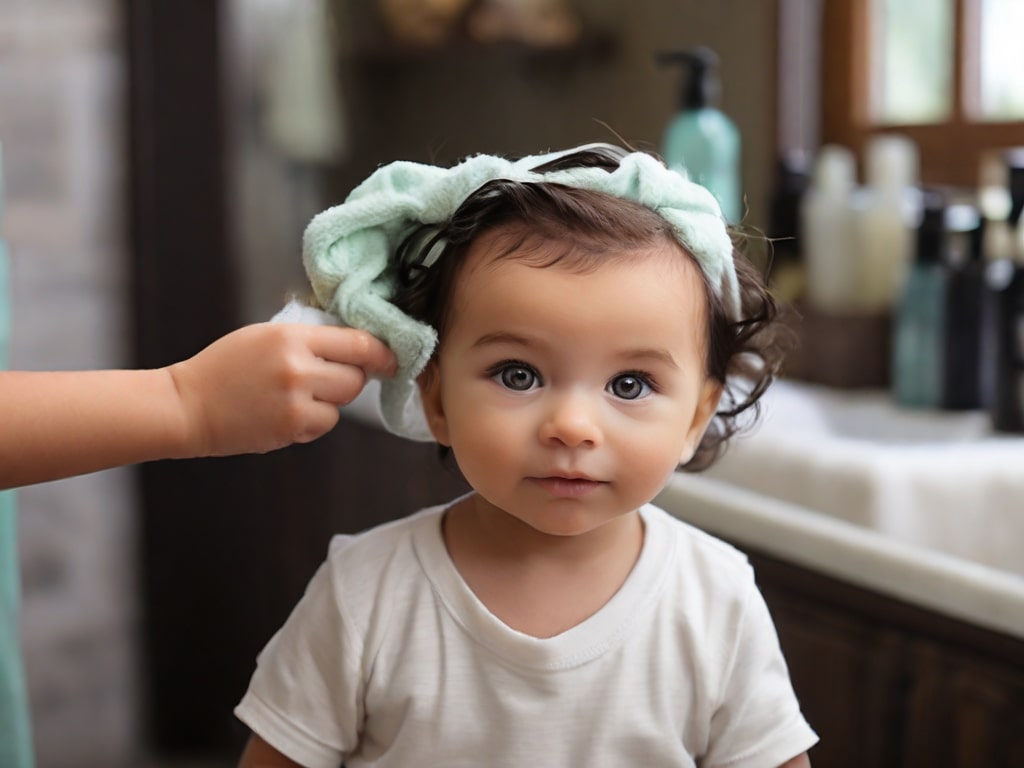
Introduction To Newborn Hair Care
Welcome to our little guide on newborn hair care. Baby hair needs gentle care from the start. It is a special bonding time but can seem daunting. Fear not, we’ll guide you through each step.
The Delicacy Of Newborn Hair And Scalp
Newborn hair is soft and their scalp is sensitive. It’s different from adult hair. Their scalp can be more prone to dryness or cradle cap. We need to handle it with extra tenderness. Use products made for babies to keep their hair clean and healthy.
Why Proper Hair Washing Is Crucial
Proper hair washing can prevent common issues like cradle cap and dandruff. It also keeps your baby feeling fresh and comfortable. Balancing hair cleanliness with the need for a gentle touch is key for healthy hair growth.
Before You Begin
Cleaning your newborn’s hair can seem daunting. It requires gentle care and the right approach. Before you start the washing process, it is crucial to be well-prepared. Proper preparation ensures a safe and comfortable experience for both you and your baby. Below are detailed steps to help you get ready.
Gathering The Right Supplies
To guarantee a smooth and efficient hair washing session, you must have the necessary items at hand. Here is a checklist:
- Baby shampoo: A tear-free formula is best.
- Soft washcloth: For cleaning without irritation.
- Clean towel: It should be warm and cozy.
- Baby bathtub: An infant tub provides security.
- Cup or pitcher: Useful for rinsing hair gently.
With these items, you are ready for the next step.
How to Wash a Newborn’s Hair Safely & Gently(Setting Up A Comfortable Environment)
Comfort is key for a stress-free wash. Consider these tips:
- Choose a warm room: Avoid drafts and cold spaces.
- Ensure adequate lighting: You must see what you are doing.
- Prepare the water: It must be lukewarm, not hot.
- Secure surroundings: Have a flat, stable surface for supplies.
When the environment feels good, your baby will likely remain calm. Now, you can confidently proceed to wash your newborn’s hair with ease.
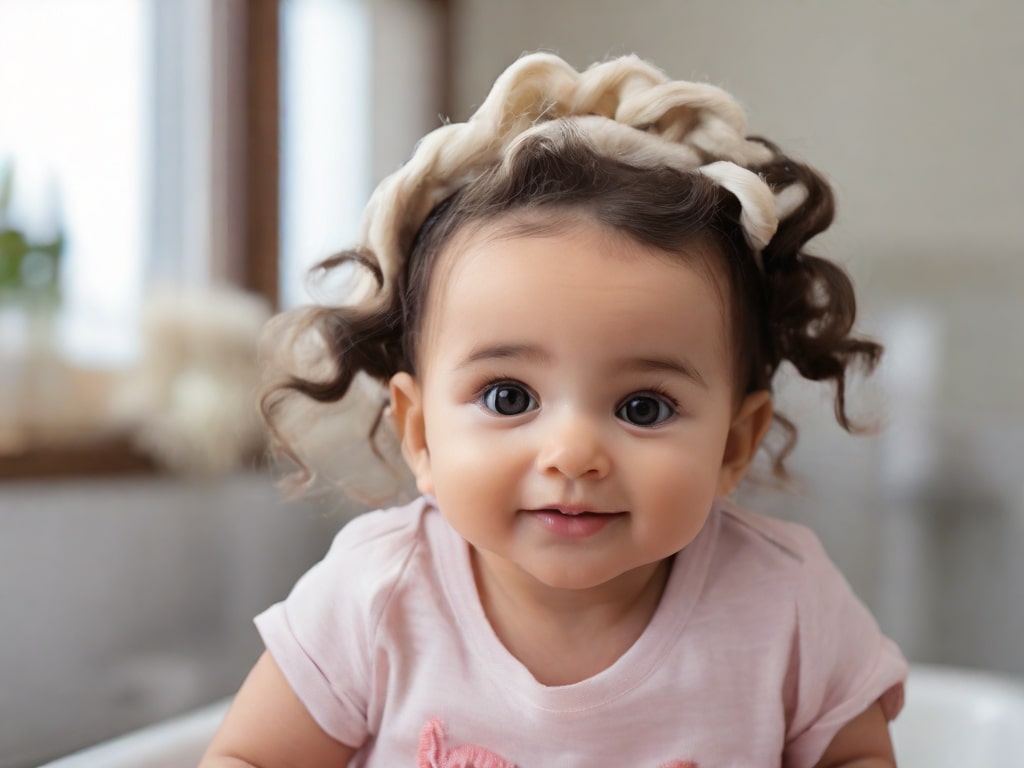
Understanding Newborn Skin
Newborn skin is delicate and not fully developed. It requires extra care and gentle treatment. Unlike adults, a baby’s skin is thinner and loses moisture more quickly. This sensitivity makes routine care, like washing hair, an exercise in tender care. The anatomical immaturity suggests caution, especially when introducing new products or routines to an infant.
Sensitivity And Common Skin Conditions
Newborns often experience various skin conditions within the first few months of life. Common concerns include cradle cap, baby acne, and dryness. Understanding these conditions is key to ensuring proper skin and hair care. For example, cradle cap requires specific washing routines to prevent irritation.
- Cradle Cap: Flaky, oily skin patches on the scalp.
- Baby Acne: Pimples on the face and body.
- Dry Skin: Flaking due to a lack of moisture.
Choosing The Right Products
Selecting suitable hair care products for newborns is crucial. A baby’s scalp and hair benefit from mild, hypoallergenic formulas. Read labels carefully to avoid harsh chemicals and fragrances that could irritate sensitive skin.
| What to Look For | What to Avoid |
| Paraben-Free | Artificial Fragrances |
| Fragrance-Free | Sulfates |
| pH-Balanced | Alcohol |
| Hypoallergenic | Phthalates |
Opt for products designed with newborns in mind. Gentle, tear-free shampoos and organic oils can nourish and protect a baby’s tender scalp. A small dab of the right product can go a long way.
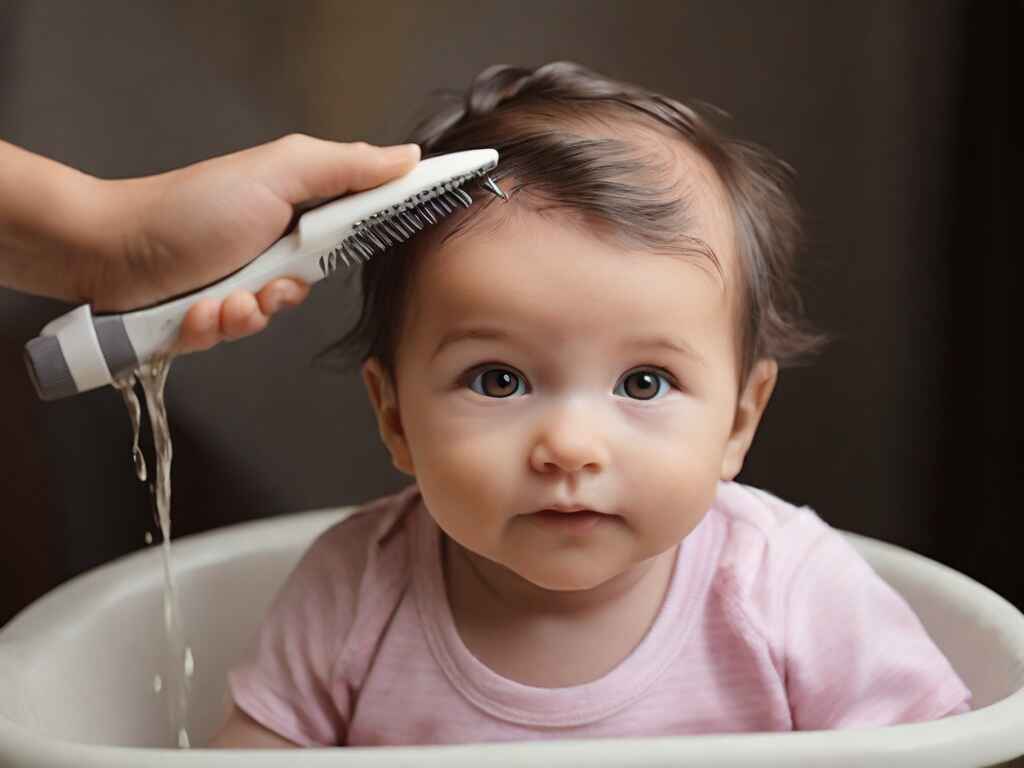
Step-by-step Washing Guide
Bathing your newborn is a delicate ritual.
A vital part of this ritual is washing their hair.
Follow this guide to do it safely and easily.
Wetting The Hair: Techniques And Tips
Start with the right approach to wet your baby’s hair.
- Use a soft, damp cloth or a cup of warm water.
- Gently pour water over the scalp.
- Shield their eyes with your hand.
Applying The Shampoo
Choose a tear-free shampoo designed for infants.
| Step | Action |
| 1 | Place a small amount in your hand. |
| 2 | Lather with a little water before applying. |
| 3 | Massage it gently into your baby’s scalp. |
Rinsing With Care
Proper rinsing ensures no shampoo residue is left.
- Use a cup of clean water.
- Pour it slowly while protecting their face.
- Repeat until the water runs clear.
Keep the process quick and comforting.
Holding Your Newborn
Welcoming a newborn into your home fills life with joy and new challenges. One such challenge is hair washing. The right hold ensures your baby’s safety and comfort. Let’s explore the best positions and tips for a tear-free hair-washing experience.
Safe Positions For Hair Washing
Holding your newborn with care is crucial during hair washing. Use one hand to support the baby’s neck and head. The other hand gently but securely holds their body. Try these positions:
- Cradle Hold: Rest your baby’s head on your forearm, their body along your arm.
- Football Hold: Tuck your baby’s body under your arm, head in your hand.
- Lap Lean: Have the baby rest on your thighs, head near your knees.
Soothing Your Baby During The Process
Keeping your baby calm is key. Always maintain eye contact, and use a gentle voice. Here are more tips:
| Method | Benefits |
| Warm Water | Comforting and relaxes your baby. |
| Soft Washcloth | Gentle on the baby’s scalp. |
| Singing | Distracts and soothes your baby. |
| Quick Rinsing | Prevents shampoo from irritating the eyes. |
Patience and comfort create a bond and make hair washing a joyous occasion. With every gentle splash, you’re not just cleansing; you’re nurturing a loving connection.
Water Temperature And Your Baby
Bath time for a newborn is not just about cleanliness. It’s a delicate ritual. New parents often worry about the right water temperature for their baby’s hair. It’s important. Too hot or too cold, and your little one won’t enjoy their first splashes. So, let’s dive into the world of baby-friendly water temperatures.
Ideal Conditions For Comfort And Safety
Your baby’s skin is sensitive. Ideal bath water feels just like your baby’s body temperature—lukewarm and soothing. The goal is to mimic the warmth of the womb to keep baby happy and comfortable. Aim for a water temperature around 98.6°F (37°C), which is safe and cozy for newborns.
Checking And Adjusting Water Temperature
Before washing your baby’s hair, always test the water. Use a clean elbow or a bath thermometer. These methods are safe. They ensure accuracy. You want consistency in water temperature throughout bathtime. If you find the water slightly cool, add warm water slowly. If it’s too warm, cool it down with cold water. Keep mixing until you reach the perfect balance. Always swirl water to avoid hot spots that could scald your baby’s delicate skin.
Here are quick tips to ensure the right temperature:
- Use a reliable bath thermometer; it’s a great investment for safety.
- Aim to keep room temperature at about 75°F (24°C) to prevent chills.
- Keep water in the bath constant, rechecking every few minutes.
- Never rely solely on touch; always double-check before immersion.
Dealing With Cradle Cap
Nurturing your little one includes caring for their delicate scalp. New parents often encounter cradle caps. This common condition can spark concern, but gentle care goes a long way. Let’s look at effective strategies to manage it while washing your newborn’s hair.
Identifying Cradle Cap
The cradle cap is easy to spot. Look for these signs on your baby’s head:
- Yellowish patches
- Greasy skin covered with flaky scales
- Mild redness might sometimes be present
It mostly shows up in the first few months. No need to worry; it’s not painful or itchy for your baby.
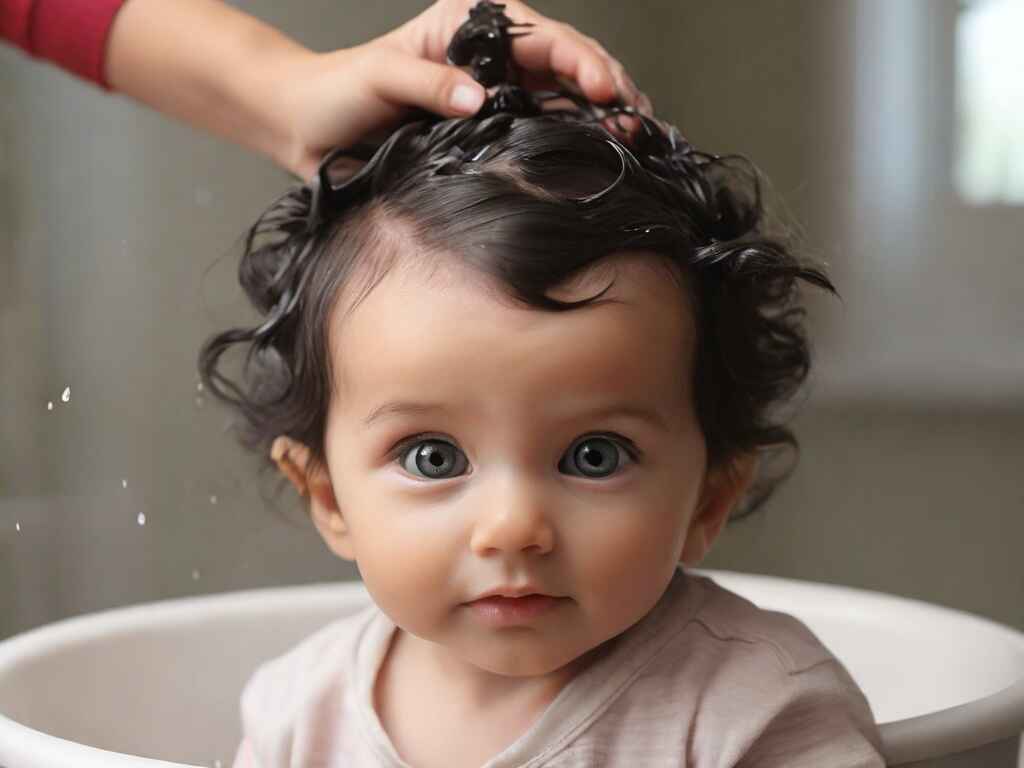
Gentle Treatments During Washing
Time for a bath? Keep these gentle treatments in mind:
- Use a mild shampoo designed for babies. A few drops are enough.
- Apply shampoo with a soft brush or cloth. Gently massage the scalp in circular motions.
- Rinse carefully ensuring all shampoo washes out.
- After the bath, pat the scalp dry with a soft towel. Avoid rubbing.
Sometimes, applying a bit of mineral oil can help. Let it sit for a few minutes before the bath.
Remember, gentle is key. Stick to these steps for happy hair washing times!
Drying Your Baby’s Hair
Once you’ve washed your newborn’s hair, the next step is drying it. Newborns have delicate skin, and it’s important to dry their hair carefully. The following tips will guide you through effective yet gentle drying methods. These ensure your little one remains comfortable while protecting their sensitive scalp.
Effective And Gentle Drying Techniques
- Use a Soft Touch: Gently pat the hair dry instead of rubbing. This reduces irritation.
- Keep it Warm: Ensure the room is warm to prevent chills while drying.
- Minimal Towel Time: Limit the time hair remains wrapped in a towel. Prolonged dampness might lead to cold.
- Use Your Hands: Sometimes, your hands are the best tool. Cup your baby’s head and pat dry.
Selecting The Best Towels For Sensitive Skin
| Material | Benefits |
| 100% Cotton | Soft, high absorbency, gentle on the skin. |
| Bamboo | Anti-bacterial, eco-friendly, ultra-soft. |
| Microfiber | Lightweight, quick drying, lint-free. |
Select towels crafted with love and care for your baby’s needs. Avoid any rough materials. Remember, a soft and absorbent towel can make all the difference. Always choose hypoallergenic options that cater to infants’ susceptible skin.
Frequency Of Hair Washing
Welcoming a newborn into your home comes with delightful duties. One gentle task is hair washing; a soothing ritual for both baby and parent. It’s not just about cleanliness but bonding. However, parents often ponder over the right frequency to wash their baby’s delicate hair.
Understanding How Often To Wash
Newborns do not require daily hair washing. Their delicate scalps and fine hair thrive with fewer washes. The average recommendation is one to two times per week. This varies based on hair type, scalp sensitivity, and activity levels. Consult with your pediatrician for personalized advice.
Recognizing Signs Your Baby May Need A Wash
- Oil accumulation: Newborns may develop oily hair. It’s a sign to wash.
- Dry skin flakes: If you notice flakes, it’s time for a gentle cleanse.
- Unpleasant odor: A sign that bacteria may be present, calling for a wash.
- After an outing: Cleanse away any outdoor impurities that may have settled in.
Post-wash Hair Care
Caring for your newborn’s hair post-wash is essential. This part of their routine keeps their scalp healthy. It can also make the next wash easier. Below, find tips to handle your baby’s hair with care.
Combing And Styling Safely
- Use a soft-bristled brush. Newborns have delicate scalps. Soft brushes prevent irritation.
- Be gentle. Comb with care to avoid tugging on their hair.
- Minimal products. It’s best to avoid heavy products on your baby’s hair.
- Avoid tight styles. They can damage your newborn’s hair and irritate the scalp.
Spot Cleaning Between Washes
Clean small areas when needed. Follow these tips:
- Dampen a cloth with warm water.
- Gently wipe the affected area.
- Avoid soaking the hair. Light cleaning does the job.
- Pet it dry. Use a towel to dab their hair dry.
- Follow up with a soft brush to keep their hair neat.
Common Challenges And Solutions
Washing a newborn’s hair can sometimes feel like a tiny mission impossible. Understanding common challenges can turn this task into a joyful bonding experience. Let’s tackle issues and find solutions to make bath time pleasant for you and your baby.
Managing Fussiness
The need to manage a baby’s fussiness during hair wash can leave parents perplexed. Here are some effective tactics:
- Keep the routine consistent: Babies thrive on predictability. Washing hair at the same time during each bath helps.
- Engage their senses: Softly sing or play gentle music to create a calming atmosphere.
- Use a washcloth: A soft washcloth can help keep water out of your baby’s face, reducing fussiness.
- Be quick yet gentle: Quick, gentle caresses assure the baby while cleaning effectively.
Overcoming The Fear Of Water
Fear of water is a natural reaction in some newborns. With these strategies, you can help your baby overcome this fear:
- Start with a sponge bath: Gradually work your way up to using more water as the baby becomes more comfortable.
- Control water flow: Use a small cup or pitcher to gently pour water. This prevents large splashes that may scare your baby.
- Make eye contact: Smiling and maintaining eye contact reassures your baby and strengthens trust.
- Show that water is fun: Introduce colorful toys to create positive associations with water and bath time.
Final Thoughts
Giving your newborn their first hair wash is a milestone. It can seem daunting, but with the right approach, it turns into a loving experience. Let’s summarize the key steps and offer support to all new parents out there.
Recap Of Key Points
- Gather all supplies before starting – keep essentials within reach.
- Use a gentle baby shampoo – protect your baby’s sensitive scalp.
- Support the baby’s head and neck – always prioritize safety.
- Wet and wash the hair with care – be soft to avoid discomfort.
- Rinse thoroughly with warm water – ensure no soap remains.
- Dry with a soft towel – patting gently to avoid irritation.
Encouragement For New Parents
Being a new parent is a journey filled with learning and love. It’s okay to feel unsure about tasks like washing your newborn’s hair. Remember, practice builds confidence. Trust your instincts and take it one step at a time. Your care and attention make all the difference. Embrace the process and enjoy the bonding moments with your precious little one.
Frequently Asked Questions For Wash a Newborn’s Hair Safely and Gently
How Do You Wash A Newborn’s Hair For The First Time?
Gently cradle your newborn’s head over the basin or tub. With lukewarm water, lightly wet their scalp. Apply a small amount of baby shampoo and use your hands to softly massage it in. Rinse thoroughly with a cup or gentle stream, avoiding the face. Pat dry with a soft towel.
How Do You Dry Newborn Hair After Washing It?
Gently pat the newborn’s hair with a soft towel. Avoid rubbing; instead, dab lightly to absorb moisture. Use a soft-bristled baby brush if necessary. Keep the room warm to prevent chills while the hair naturally air dries.
Is It OK to Brush Newborns Hair?
Yes, you can gently brush a newborn’s hair with a soft-bristle brush or a fine-tooth comb to keep it neat and tangle-free.
How Do You Clean A Baby’s Head After Birth?
To clean a baby’s head after birth, use a soft, damp cloth. Gently wipe the scalp to remove blood and vernix. Avoid using soap, and never scrub. Pat the head dry with a clean towel. Always support the baby’s neck and head during cleaning.
How Often Should Newborns’ Hair Be Washed?
Newborns typically only need their hair washed a few times a week, as overwashing can dry out their delicate scalp.
What Is The Safest Shampoo For Newborns?
Opt for a gentle, fragrance-free, tear-free shampoo that’s specifically formulated for newborns to keep their scalp healthy and irritation-free.
Conclusion
Washing your newborn’s hair doesn’t have to be daunting. With gentle products and a soft touch, bath time can be a breeze. Keep these tips in mind to ensure a safe, soothing experience for your little one. Remember, a calm approach fosters a happy, clean baby.
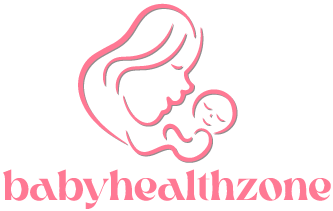
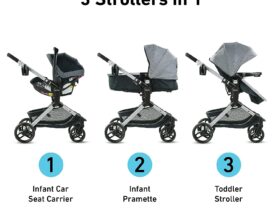
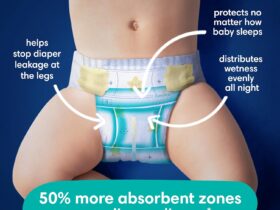

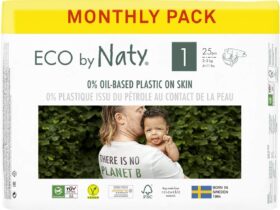

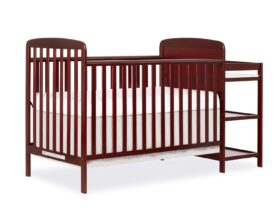
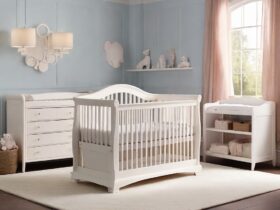

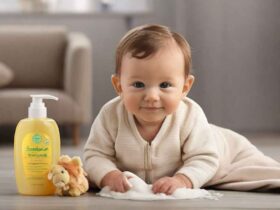
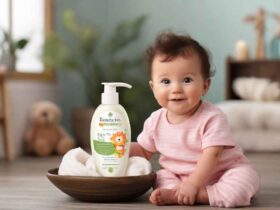
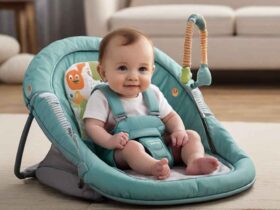
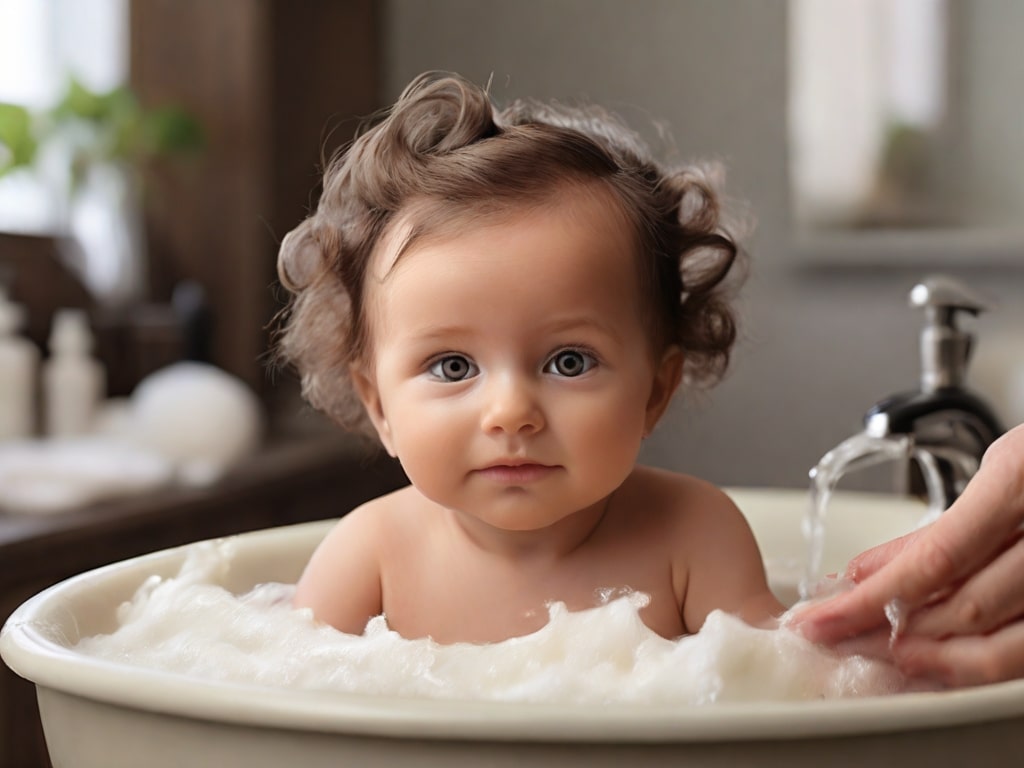
[…] […]